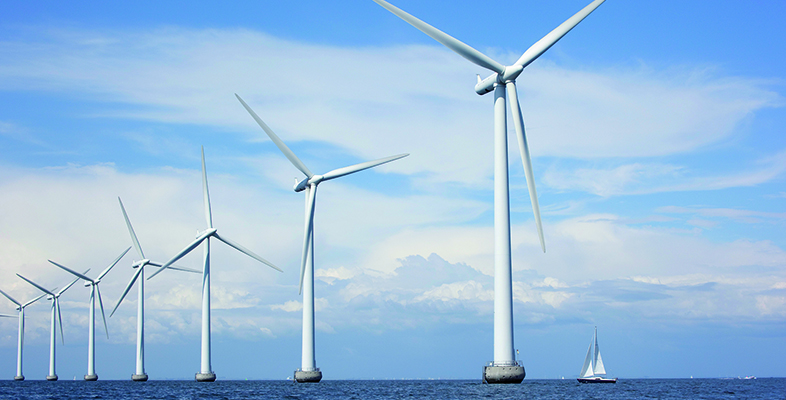3.4.1 Fuel cell CHP
Fuel cells can produce electricity and heat without combustion. They can be thought of as large batteries which only work when supplied with a stream of hydrogen gas as fuel, which ends up being oxidised to water. CHP units using fuel cells are now becoming commercially available and are widely used in the USA and Japan.
In 2014, a small 1.5 kWe CHP unit was installed at the headquarters of the Chartered Institute of Building Engineers (CIBSE) in London. The hydrogen to run the fuel cell was produced by reacting natural gas with steam, also producing carbon dioxide. Performance monitoring showed an electricity generation efficiency of about 60% (i.e., higher than most combined cycle gas turbine (CCGT) power stations). The recovered heat raised the overall efficiency to 85% (Tesfai, 2015).
At present, capital costs and maintenance costs are higher than for gas engines, but these could fall. Fuel cell CHP has two main advantages over engine-driven CHP: the units are almost silent, with no moving parts, and they have high electrical efficiencies, which in the longer term could reach 50%, i.e. competitive with large combined cycle gas turbine (CCGT) power stations (IEA, 2005).
In the longer term, towards 2035, it is possible that natural gas could be replaced by hydrogen as a common heating fuel distributed through the existing pipe network.
